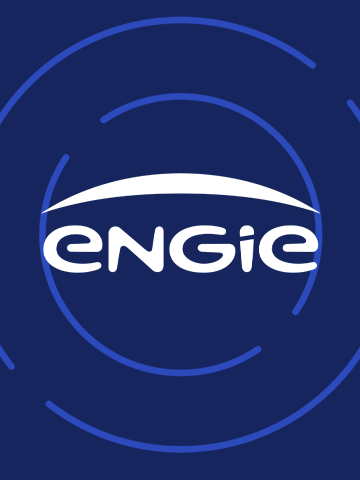Why are PPAs crucial for ENGIE?
Power Purchase Agreements are medium- to long-term contracts, typically lasting between five and twenty years, for the procurement of renewable electricity. They provide customers with access to green energy at a fixed, predictable price.
PPAs are a cornerstone of ENGIE’s strategy, ensuring a stable and predictable revenue stream—essential for investing in infrastructure. These agreements accelerate the decarbonization of both ENGIE’s operations and those of its clients, contributing to the company’s goal of achieving carbon neutrality by 2045.
In 2024, ENGIE signed 4.3 GW of PPAs, up from 2.7 GW in 2023. These agreements span Europe, Asia, the Americas, and Oceania. With a total PPA portfolio of 14 GW, ENGIE solidifies its status as the market leader.
On the customer side, what needs do they meet?
Take our PPAs with Google, Meta, and Amazon as examples. These tech groups require vast amounts of electricity to power their data centers. Yet, they are equally committed to decarbonizing their operations. PPAs allow them to secure large volumes of green electricity at a fixed price, offering much-needed long-term visibility.
How are these agreements structured?
Negotiating these contracts is no small feat—it typically takes between 12 and 18 months.
First, committing to a 15-year agreement is a novel concept for many corporations. Educating and guiding them through the process is a crucial step.
Given their strategic importance, these deals require time to finalize. The PPA with Amazon, for instance—securing 473 MW of renewable energy—had to be approved at the highest levels before signing.
Finally, as these agreements involve intermittent renewable assets, in-depth discussions are necessary. Who assumes the risk of lower-than-expected energy output or operational incidents? Both parties invest significant time to co-develop the contract and agree on necessary adjustments.
What are your expectations for the coming years?
Demand for PPAs is set to surge. As AI adoption expands and tech firms’ energy needs grow, all industries will need to green their operations.
We aim to simplify and expedite negotiations, making PPAs more accessible—especially for companies with limited legal resources.
Moreover, we firmly believe that a reliable and affordable energy transition cannot be achieved without gas. That is why we are developing a diversified offering, including Biomethane Purchase Agreements (BPAs), which are modeled after PPAs.


